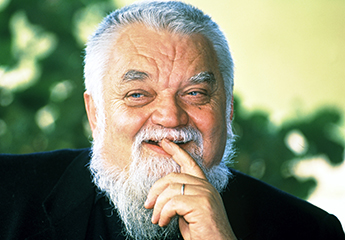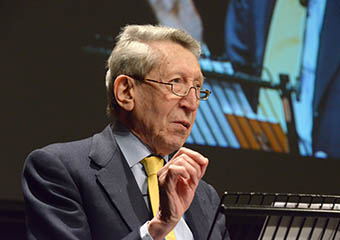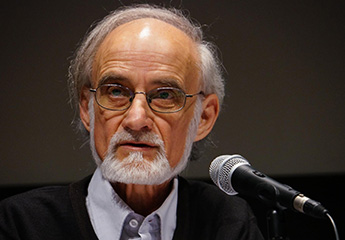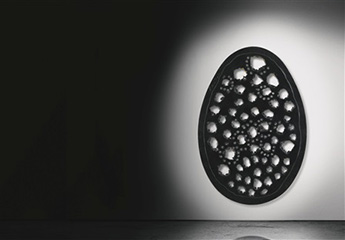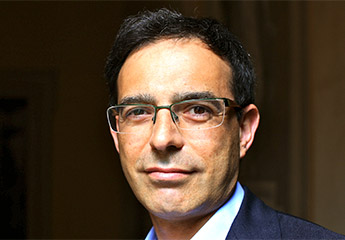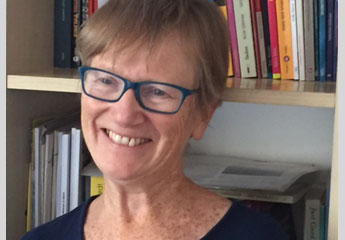Enzo Bianchi
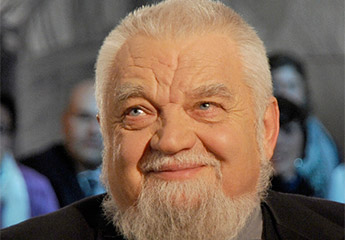
Il Cristianesimo in Italia e in Europa
19 febbraio 2018, ore 17.45
Sala del Maggior Consiglio
I cristiani sono invitati a un confronto con la modernità, con la complessità, con il pluralismo culturale, religioso ed etico. La via kenotica, dell’umile abbassamento, percorsa da Cristo è l’esempio che i singoli cristiani e le Chiese sono chiamati a seguire.
La Chiesa non può sentirsi e comportarsi come una fortezza assediata, anche se all’orizzonte apparisse un atteggiamento aggressivo da parte del mondo non cristiano: fin dai suoi inizi, infatti, la chiesa sa che l’ostilità nei confronti del messaggio del vangelo non può essere né rimossa né evitata. I cristiani sappiano anche evitare ogni manifestazione di integralismo che crea per reazione diffidenza e ostilità da parte dei laici: il nostro passato e la laboriosa convivenza raggiunta dovrebbero averci insegnato che laicismo e clericalismo si nutrono a vicenda. Quando i cristiani manifestano sfiducia nella forza evangelica propria dell’umiltà cristiana e dell’inermità della fede, allora confondono la chiesa con il regno di Dio, progettano una cristianità che appartiene al passato, che non può essere risuscitata e che, soprattutto, contraddice la buona notizia di Gesù.
Rassegna Religioni e società contemporanea, realizzata in collaborazione con Centro Studi Antonio Balletto
Tags: Enzo Bianchi, Religioni, Religioni e intolleranza, Religioni e sessualità









